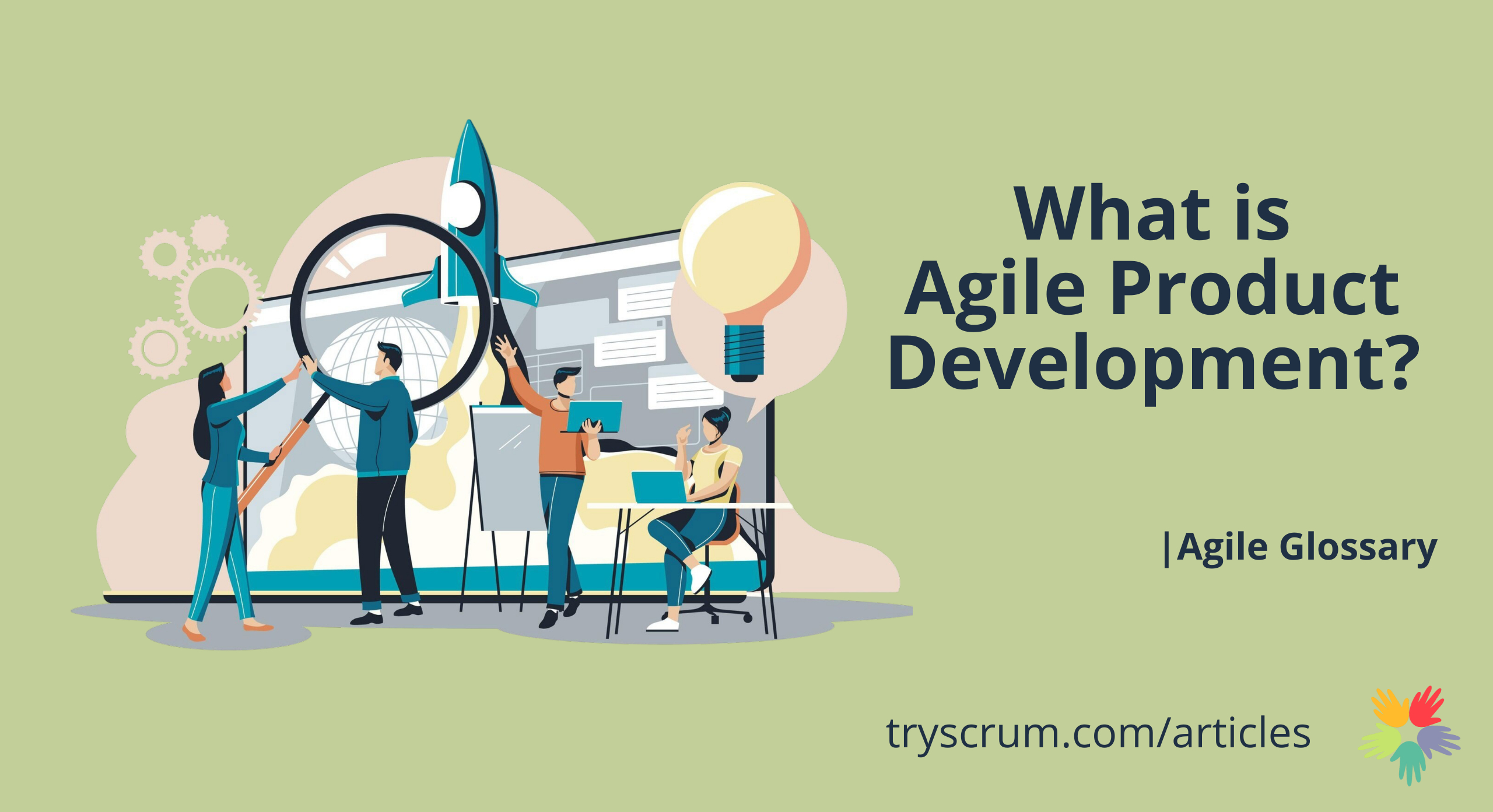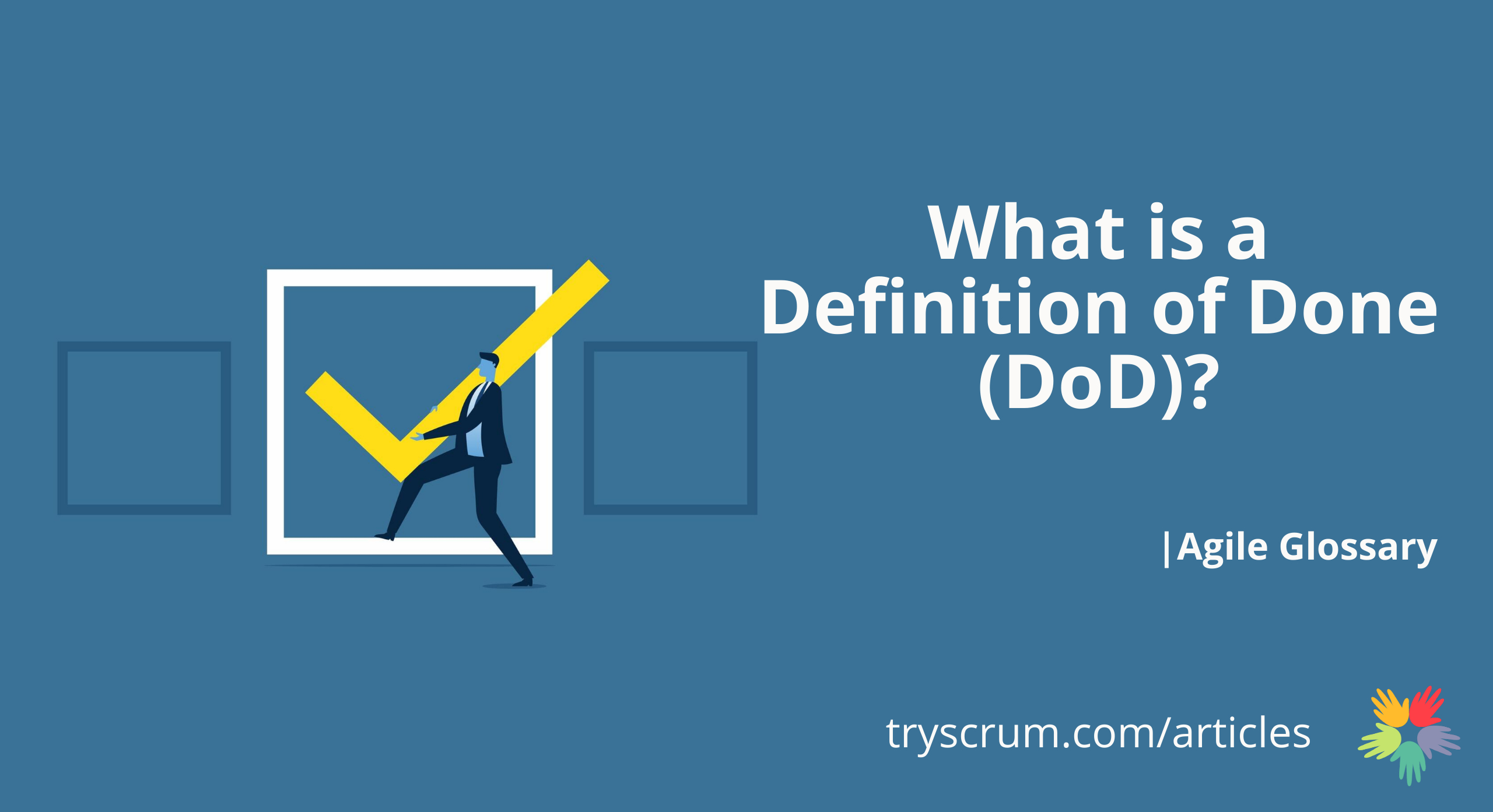
March 24, 2025
What is Agile Project Development?
Agile Project Development is an approach to managing and executing projects focusing on flexibility, collaboration, and delivering value quickly and continuously. Popular among software development teams, Agile has also expanded to various industries and types of projects. Agile learners, especially those pursuing Scrum or Agile certifications, will benefit from understanding its key concepts and the tools used in Agile methodologies.
Key Features of Agile Project Development
Iterative Development
Agile breaks down a project into small, manageable iterations called “sprints” (in Scrum) or “increments” in other frameworks. Each sprint typically lasts 2-4 weeks, allowing teams to deliver a portion of the product and gather feedback early and often.
Collaboration
Collaboration between team members and stakeholders is vital in Agile. Teams often include cross-functional members—such as developers, testers, and product owners—who work closely with customers to ensure the product aligns with their needs.
Flexibility and Adaptation
Agile teams embrace changes even late in the development process. Unlike traditional project management, where the plan is fixed, Agile allows for continuous adjustment based on feedback and changing requirements.
Continuous Delivery
The goal is to provide working software (or deliverables) frequently, rather than waiting until the end of the project. This reduces risks and ensures faster time to market.
<Essential Concepts in Agile Project Development
Scrum
Scrum is one of the most widely used Agile frameworks. It includes defined roles (like Scrum Master and Product Owner), ceremonies (such as daily stand-ups and sprint reviews), and artefacts (like the product backlog and sprint backlog).
Kanban
Another popular Agile methodology, Kanban uses visual boards to manage the flow of work. It focuses on limiting work in progress and ensuring a smooth, continuous flow of tasks.
Product Backlog
The backlog is a prioritised list of features, enhancements, bug fixes, and technical tasks that the team works on during the project. The Product Owner is responsible for managing and prioritising this list.
User Stories
These are simple descriptions of features or functionality from the user’s perspective. They help teams focus on delivering value to the customer.
Daily Stand-ups
A quick meeting (often held while standing to keep it brief) where team members discuss what they completed, what they are working on, and any obstacles they face.
Sprint Retrospective
At the end of each sprint, the team reflects on what went well, what didn’t, and what they can improve for the next sprint. This fosters continuous improvement.
Glossary of Agile Project Development Terms</H2>
Backlog
A prioritised list of all tasks, including features, bugs, and tech debt, waiting to be completed.
Epic
A large user story that is broken down into smaller tasks or user stories.
Sprint
A time-boxed period (usually 2-4 weeks) during which a specific set of work is completed.
Velocity
A measure of how much work a team can complete in a sprint, used for future planning.
Definition of Done (DoD)
A checklist of criteria that must be met for a task or user story to be considered complete.
Scrum Master
The person responsible for facilitating the Scrum process and removing roadblocks for the team.
Conclusion
Agile Project Development allows teams to focus on delivering high-quality products efficiently while remaining flexible and adaptable. For Agile and Scrum learners, understanding these principles is essential to mastering Agile project management.




